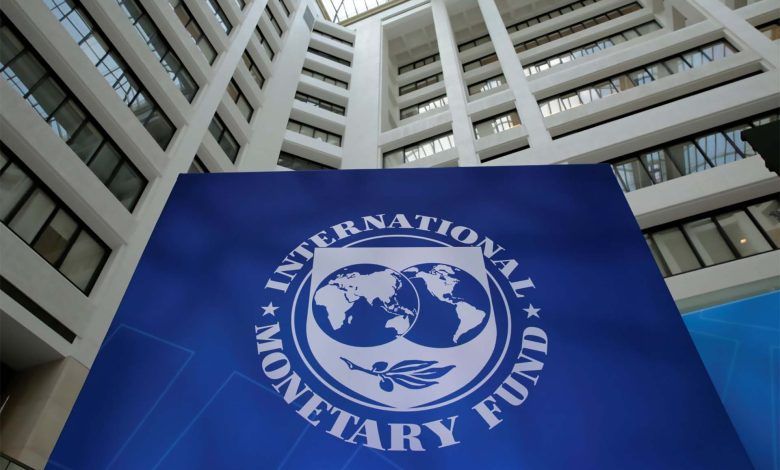
The International Monetary Fund (IMF) announced on Tuesday that it has revised its growth projection for China’s economy to 4 percent for 2025, well below Beijing’s official target as it grapples with the escalating trade war with the United States, which continues to have widespread implications for global markets and the economy.
The growing trade dispute between China and the United States, the two largest economies in the world, has triggered concerns about a potential global recession. As the two nations engage in a tit-for-tat tariff war, the effects on global trade are becoming increasingly evident, with far-reaching consequences.
Currently, China faces tariffs of up to 145 percent on a wide range of products, while the US has imposed duties of 125 percent on Chinese goods. These tariffs are putting immense pressure on the Chinese economy, contributing to sluggish consumer spending and a deepening property sector crisis.
Revised Global Growth Forecast
In its latest World Economic Outlook report, the IMF also reduced its global growth forecast for this year to 2.8 percent, a decline from 3.3 percent in 2024. The new forecast is 0.5 percentage points lower than the IMF’s earlier projection in January, signaling growing concerns about economic slowdown across the globe.
The impact of US tariffs has been most pronounced in China’s manufacturing sector, which has long been a cornerstone of its economic growth. The trade war, exacerbated by US President Donald Trump’s push to bring manufacturing back to the United States, threatens to further undermine the Chinese economy.
Despite recent signs of resilience, China’s economy is now expected to grow at just 4 percent this year, down from the previous 4.6 percent forecast made in January. For 2026, growth projections have also been downgraded to 4 percent, indicating the ongoing challenges for China’s economic recovery.
China’s Internal Challenges
Several internal issues have compounded China’s growth woes, including a persistent property sector crisis and rising local government debt. The IMF also highlighted that consumer confidence in China has remained weak since a sharp decline in early 2022, exacerbating the country’s economic difficulties.
US Trade Measures Affecting Asia
The ripple effects of the US-China trade war have also been felt across Asia. Japan, heavily reliant on car exports, has been particularly impacted by the tariffs. The IMF now predicts Japan’s economic growth to slow to 0.6 percent in 2025, down from the previously expected 1.1 percent.
The IMF also revised its growth forecast for emerging and developing Asian economies, including China, reducing it by 0.6 percentage points for 2025. The new forecast projects growth in these countries to reach 4.5 percent in 2025, with a slight recovery to 4.6 percent in 2026.
India’s Outlook Remains Relatively Stable
In contrast, India which has been largely spared from the aggressive US tariffs is expected to see a relatively stable growth trajectory, with the IMF projecting 6.2 percent growth in 2025. This represents a slight downward revision of 0.3 percentage points, though the country’s economy is still expected to benefit from robust private consumption, particularly in rural areas.
Looking Ahead
As the trade war continues to evolve, the global economic outlook remains uncertain, with the IMF warning that downside risks dominate. In China, the full impact of the US tariffs has yet to be fully realized, and many are waiting for upcoming macroeconomic indicators to gauge how the country’s economy is adapting.
The IMF’s revised forecasts highlight the growing challenges facing China and Asia, but also reflect the ongoing global economic turbulence, which could reverberate through markets in the months ahead.





